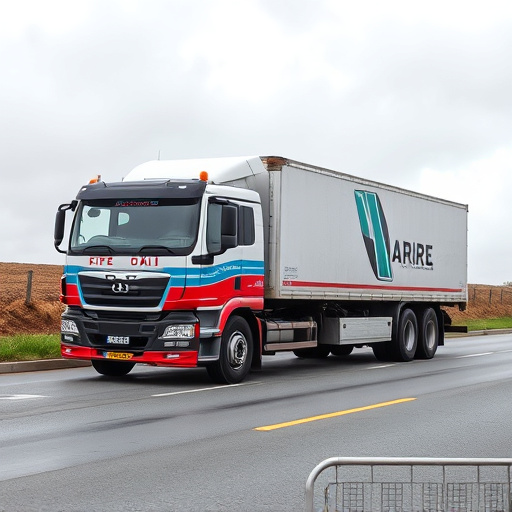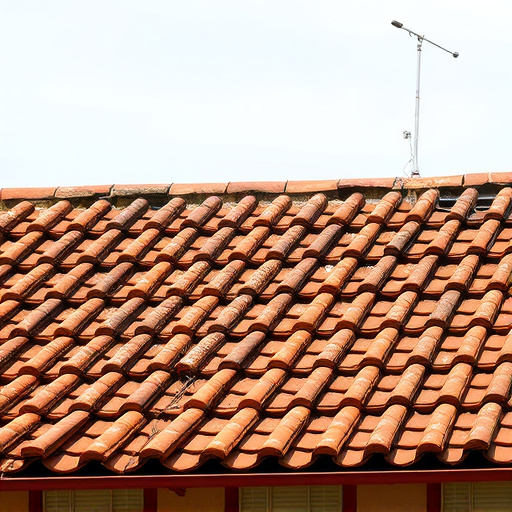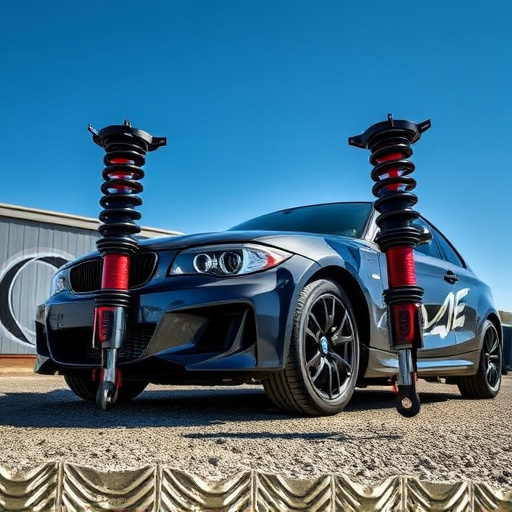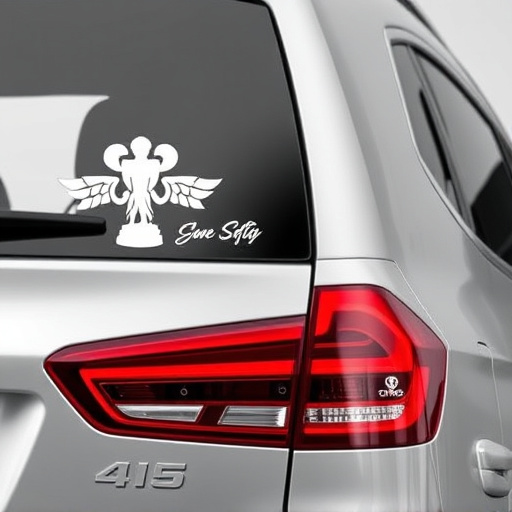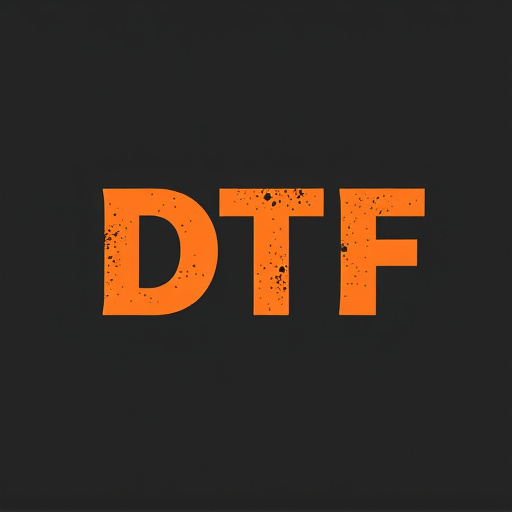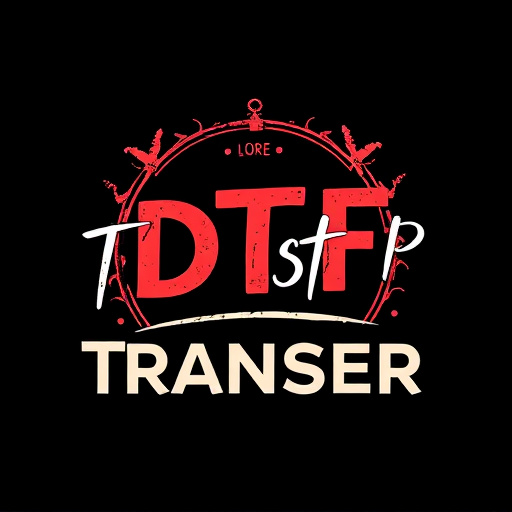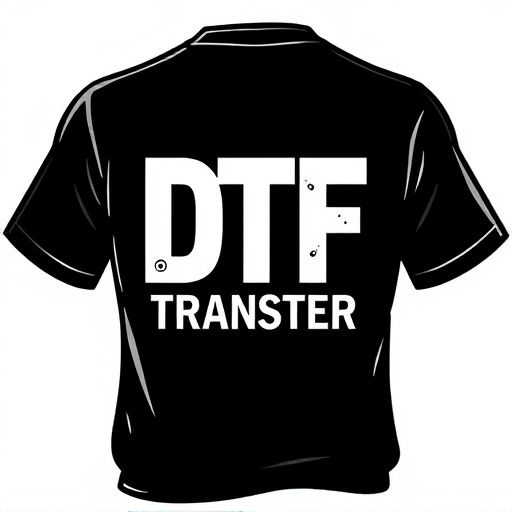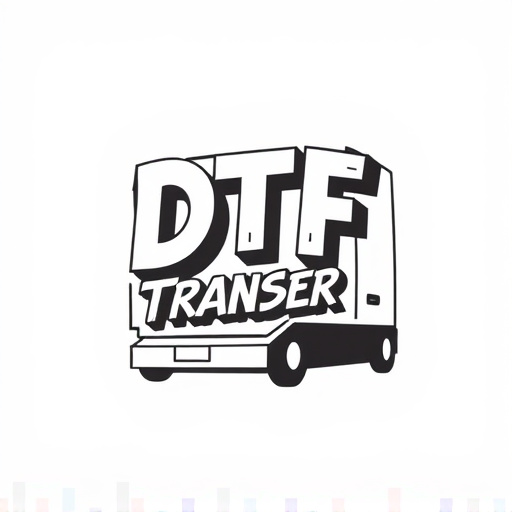Direct-to-film (DTF) transfer technology revolutionizes custom design printing with its speed and precision. The process starts with a digital image printed onto vinyl, cut out, and then fused via heat press to various surfaces like textiles, ceramics, and metals in just 24 hours. DTF offers fast, high-quality printing solutions for businesses and individuals, eliminating intermediate steps like plate preparation or screen printing, ensuring customer satisfaction with DTF Prints.
In today’s fast-paced world, immediate fulfillment of print orders is no longer a luxury but a necessity. Direct-to-film (DTF) transfer technology revolutionizes the printing industry by offering swift and accurate order processing. This innovative method enables businesses to receive their DTF prints in as little as 24 hours, a significant leap from traditional printing timelines.
Our article explores the ins and outs of DTF transfer technology, its unique advantages over conventional methods, and how businesses can harness this game-changer for enhanced efficiency and customer satisfaction.
- Understanding Direct-to-Film (DTF) Transfer Technology
- – A brief explanation of DTF technology and its advantages.
- – How DTF differs from traditional printing methods.
- The Process Behind Rapid DTF Order Fulfillment
- – Detailed steps involved in a DTF transfer order, from design to delivery.
- – Time-saving techniques that enable 24-hour turnaround.
Understanding Direct-to-Film (DTF) Transfer Technology

Direct-to-film (DTF) transfer technology has revolutionized the way we create and print custom designs on a variety of surfaces, including textiles, ceramics, and metals. This cutting-edge process eliminates the need for traditional printing methods by applying intricate patterns directly onto the target material using specialized equipment. DTF transfers offer unparalleled precision and detail, ensuring that every line, color, and texture is precisely replicated from the digital design.
The DTF process begins with a high-resolution digital image that is carefully prepared and optimized for transfer. This image is then printed onto a thin layer of vinyl or other suitable material using advanced printing techniques. The result is a flexible, cut-out design that can be precisely positioned on the desired surface. Once aligned, a heat press is used to fuse the DTF print into the substrate, creating a long-lasting, vibrant, and durable finish. This efficient method streamlines production, enabling orders to be fulfilled within as little as 24 hours, catering to businesses and individuals alike who require fast, high-quality custom printing solutions.
– A brief explanation of DTF technology and its advantages.
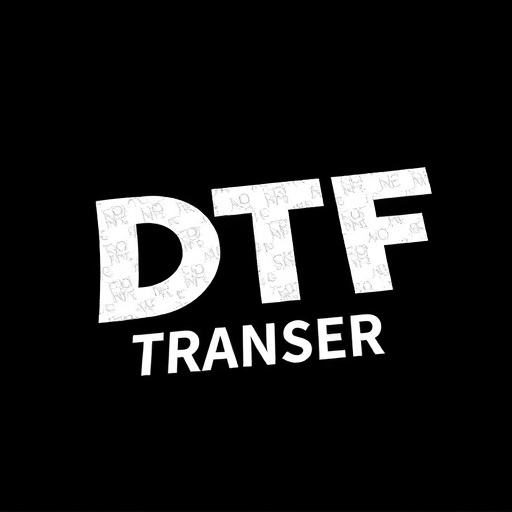
Direct-to-film (DTF) technology is revolutionizing the way we handle and produce custom prints on demand. This innovative process allows for precise, high-quality imaging directly onto various materials, including film and fabric. One of its key advantages is speed; DTF transfer orders can be fulfilled in as little as 24 hours, a significant improvement over traditional printing methods.
DTF offers exceptional efficiency by eliminating the need for intermediate steps like plate preparation or screen printing. It’s particularly beneficial for businesses and individuals requiring fast turnaround times without compromising on print quality. With DTF Printing, orders can be swiftly transformed into tangible products, ensuring satisfied customers who appreciate prompt service and vibrant, long-lasting DTF prints.
– How DTF differs from traditional printing methods.
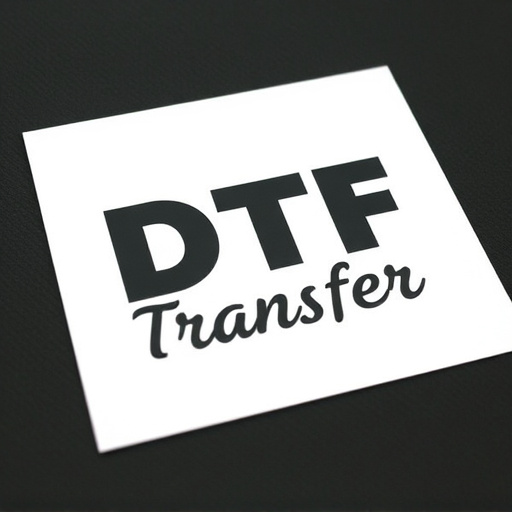
Direct-to-film (DTF) transfer orders offer a groundbreaking approach to printing, contrasting sharply with traditional methods. The latter often involve intermediate steps like plate preparation and printing presses, leading to longer turnaround times and potential inconsistencies in prints. In contrast, DTF bypasses these stages by applying designs directly onto film, enabling faster production cycles—typically fulfilling orders within 24 hours. This efficiency is a game-changer for businesses seeking swift response times without sacrificing quality.
Moreover, DTF printing enhances flexibility and customization. Designs can be easily edited or updated, allowing for rapid adjustments to meet evolving demands. The method also supports a wide array of materials, from textiles to plastics, enabling diverse applications in industries ranging from fashion to signage. This versatility and speed make DTF transfers an attractive option for those demanding prompt, high-quality printing solutions.
The Process Behind Rapid DTF Order Fulfillment
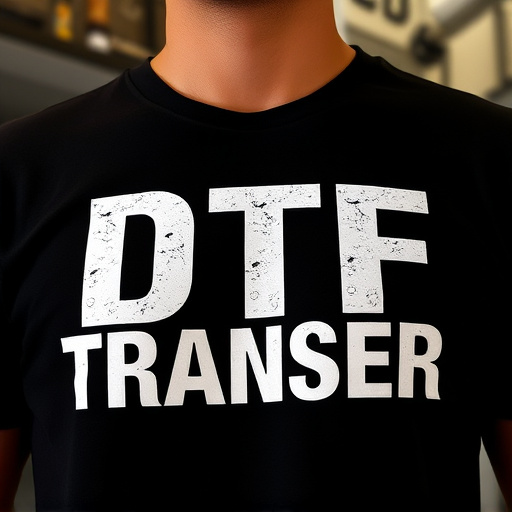
The process behind rapid Direct-to-film (DTF) order fulfillment is a seamless and efficient operation designed to meet tight deadlines. It begins with an intuitive online ordering system where customers can upload their designs, select desired specifications, and input order details. Upon receipt, the design is immediately processed by specialized software that optimizes it for DTF printing. This digital stage ensures precise color accuracy and smooth line work, crucial factors in achieving high-quality prints.
Next, a cutting-edge printer comes into play, equipped with advanced technology to precisely transfer the design onto the film media within minutes. Skilled technicians monitor the process to maintain optimal settings, ensuring consistent print quality across every order. Once the DTF transfer is complete, the film is carefully rolled and packaged for efficient distribution. This streamlined workflow allows for a swift turnaround time, guaranteeing that customers receive their DTF prints promptly, meeting the 24-hour fulfillment promise.
– Detailed steps involved in a DTF transfer order, from design to delivery.

The process of a Direct-to-Film (DTF) transfer order is an efficient and streamlined procedure designed to deliver high-quality prints in record time. It begins with the customer providing their design, which is then meticulously prepared for printing by our expert team. This preparation includes optimizing the image for DTF transfer, ensuring optimal color accuracy, and checking for any potential issues that might affect print quality. Once ready, the design is sent to the printing press.
The actual DTF printing process involves several steps. The design is transferred onto a film using specialized equipment, which then acts as a template for the printing machine. The printer precisely applies ink onto the film, creating a negative image of the design. This film is subsequently used to print on various materials, such as fabric or wood, through a direct application process. After printing, the final DTF prints undergo quality control checks to ensure they meet the highest standards. Once approved, they are carefully packaged and delivered within 24 hours, providing customers with their desired products in a swift and hassle-free manner.
– Time-saving techniques that enable 24-hour turnaround.

In today’s fast-paced world, time is a valuable resource, especially in the printing industry. Direct-to-film (DTF) transfer orders have revolutionized the way businesses handle custom printing requests by implementing cutting-edge techniques to achieve a 24-hour turnaround. This remarkable achievement is made possible through advanced DTF transfer technologies and streamlined production processes.
The key to successful 24-hour DTF printing lies in efficient workflow management. Specialized software plays a crucial role, enabling printers to optimize order processing, ensure precise design layouts, and automate many steps previously done manually. Additionally, having a dedicated team equipped with the latest DTF transfer equipment allows for faster material handling and precise application of designs onto films. This level of efficiency ensures that orders are fulfilled promptly, catering to customers’ urgent needs for custom prints without compromising quality.
